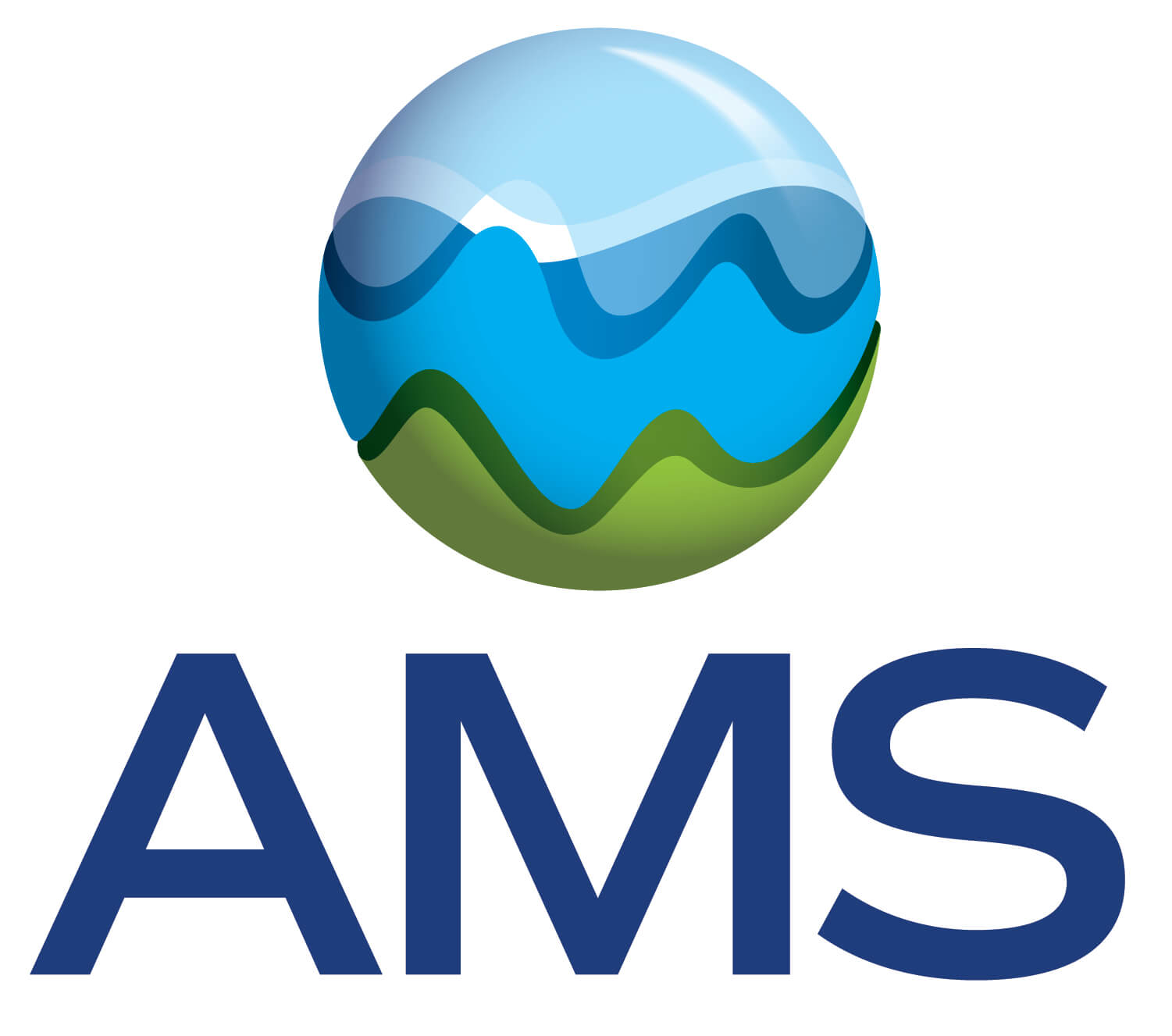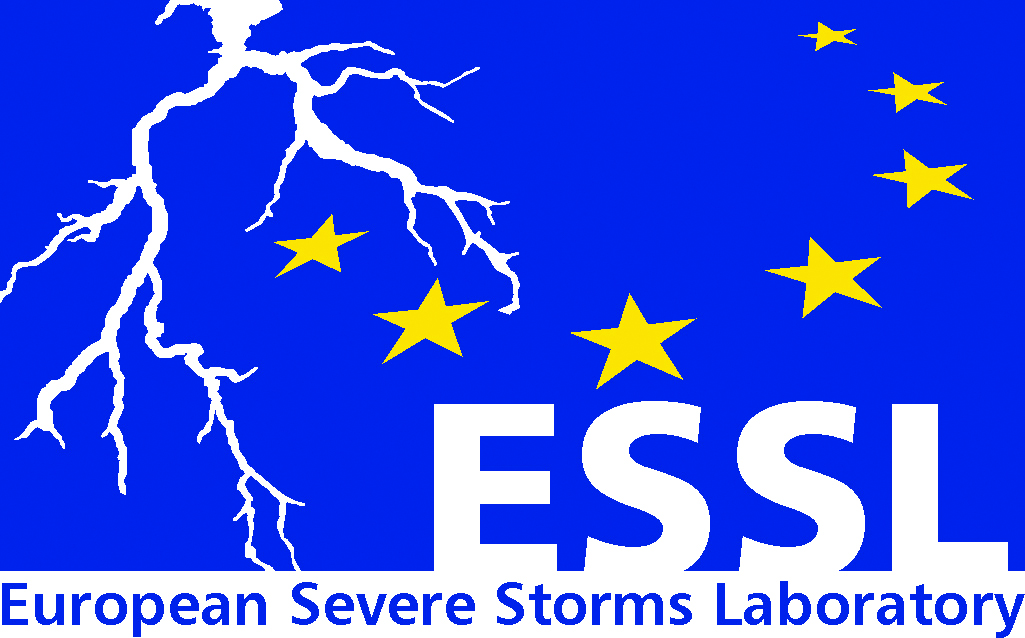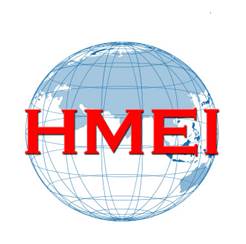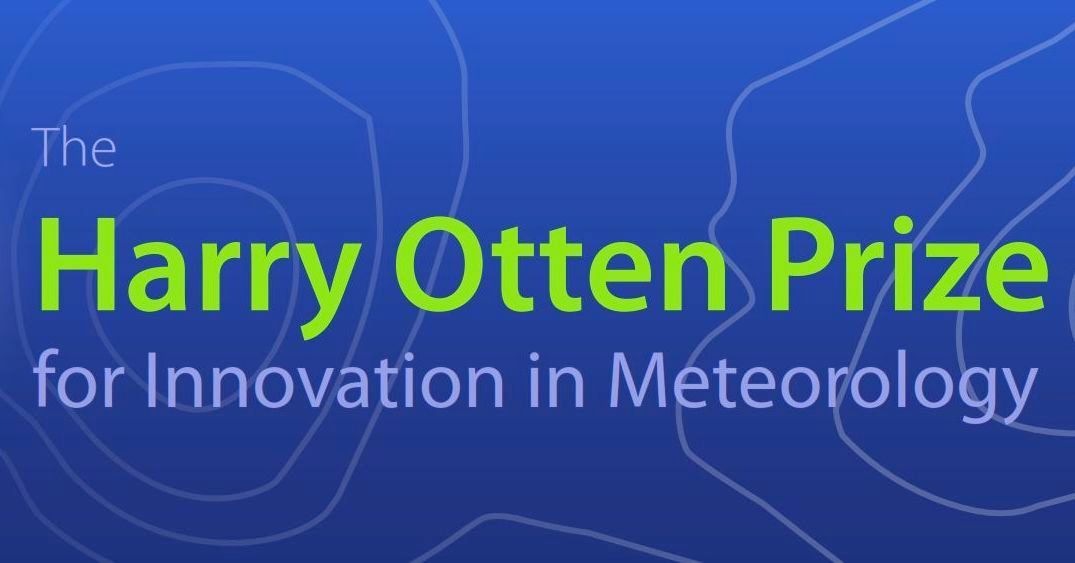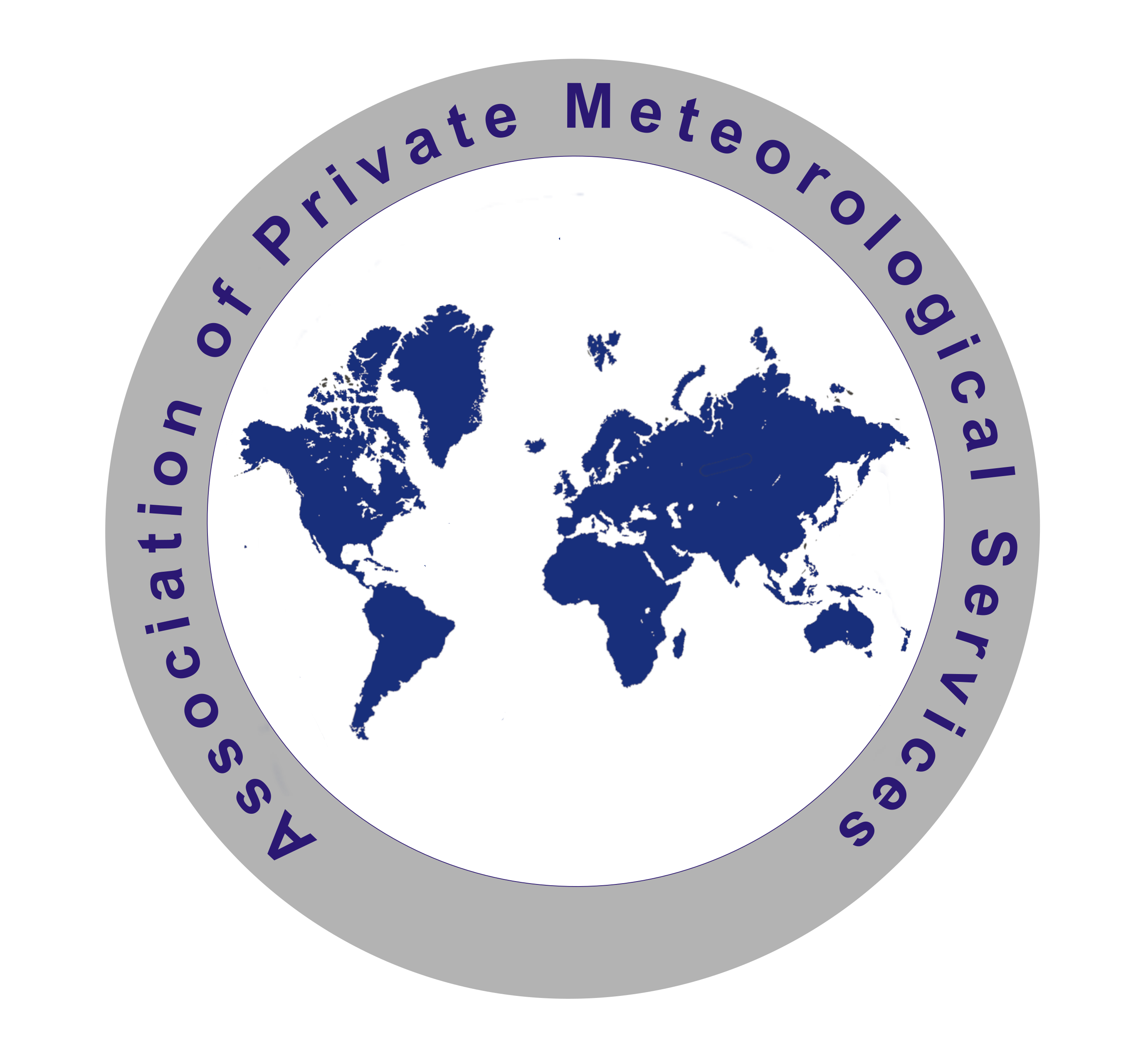Climate change detection, assessment of trends, variability and extremes
Convener:
Martine Rebetez
|
Co-conveners:
Albert M.G. Klein Tank,
Monika Lakatos,
Gudrun Nina Petersen
The aim of this session will be studies that bridge the spatial scales and reach the timescales of extreme events that impact all our lives. Papers are solicited on advancing the understanding of causes of observed changes in mean climate, in its variability and in the frequency and intensity of extreme events. In particular, papers are invited on trends in the regional climate of Europe, not just the mean, but variability and extremes, often for the latter measured through well-chosen indices.
Extremes
09:00–09:15
|
EMS2024-126
|
Onsite presentation
09:30–09:45
|
EMS2024-546
|
Onsite presentation
09:45–10:00
|
EMS2024-706
|
Onsite presentation
10:00–10:15
|
EMS2024-479
|
Onsite presentation
10:15–10:30
|
EMS2024-628
|
Onsite presentation
Coffee break
Chairpersons: Monika Lakatos, Martine Rebetez, Gudrun Nina Petersen
Temperature and snow
11:30–11:45
|
EMS2024-929
|
Onsite presentation
11:45–12:00
|
EMS2024-996
|
Onsite presentation
Drought
12:00–12:15
|
EMS2024-537
|
Onsite presentation
Lunch break
Chairpersons: Albert M.G. Klein Tank, Martine Rebetez, Monika Lakatos
14:15–14:30
|
EMS2024-786
|
Onsite presentation
Tropical cyclones, ENSO, Ozone
14:45–15:00
|
EMS2024-480
|
Onsite presentation
15:00–15:15
|
EMS2024-23
|
Onsite presentation
15:15–15:30
|
EMS2024-682
|
Onsite presentation

